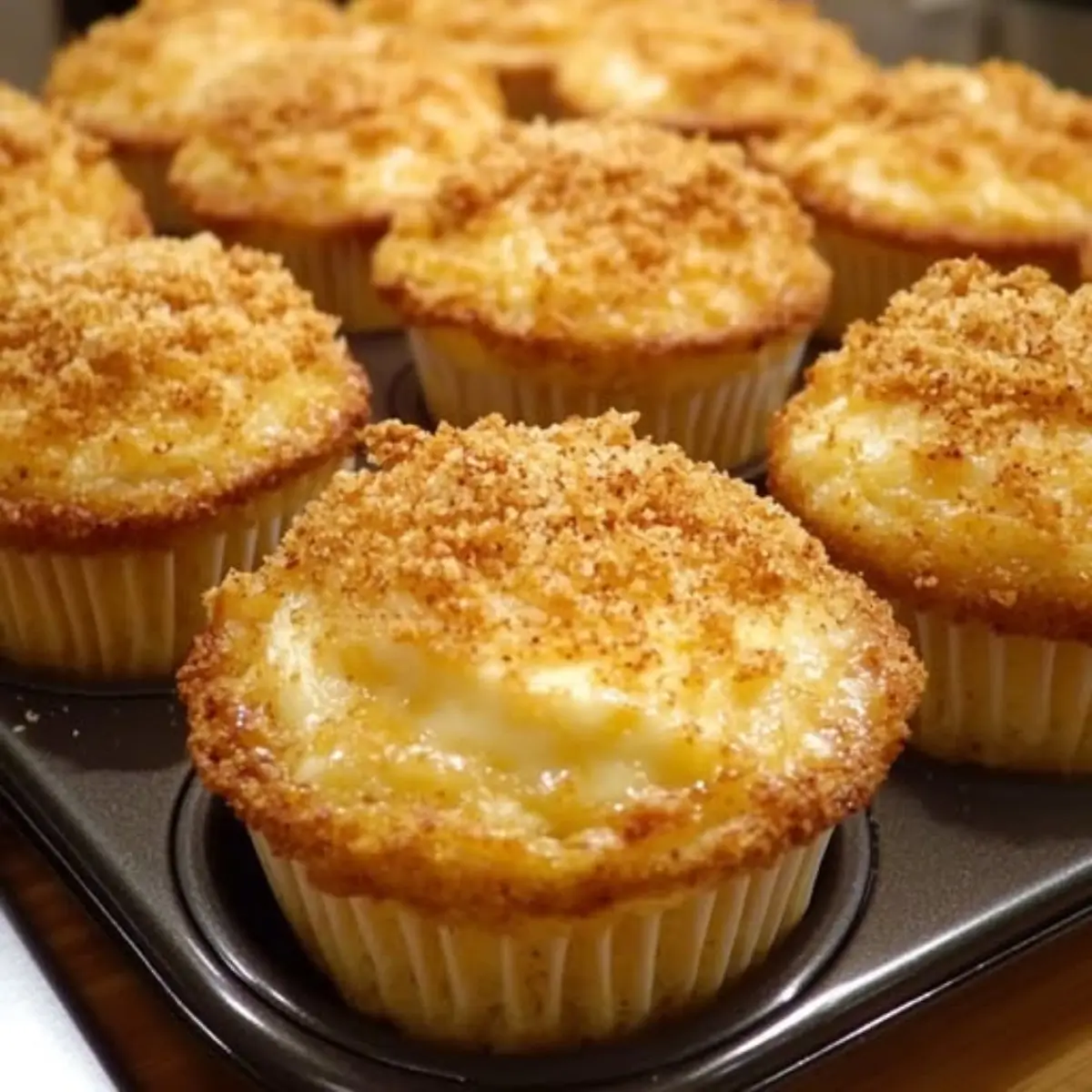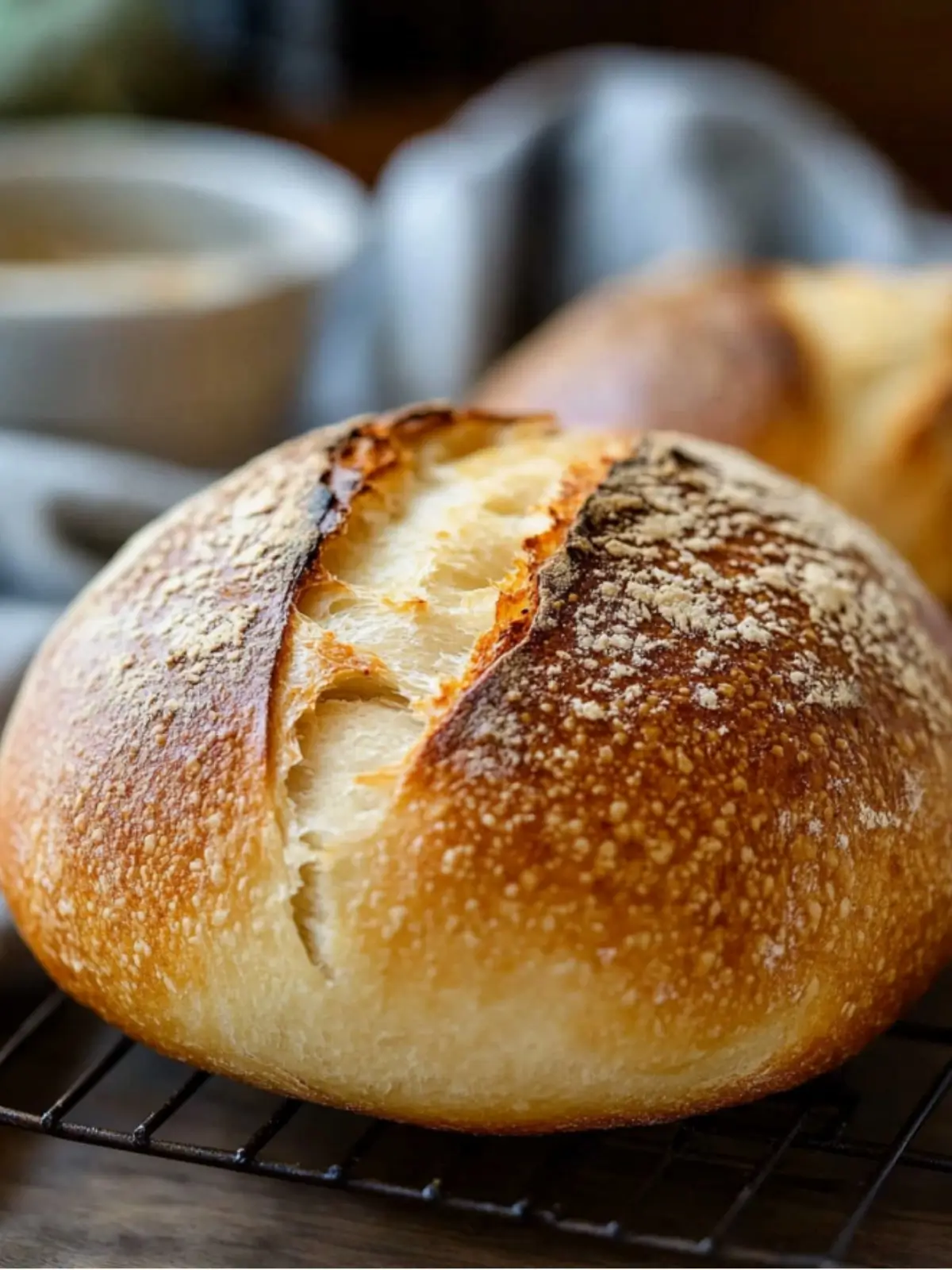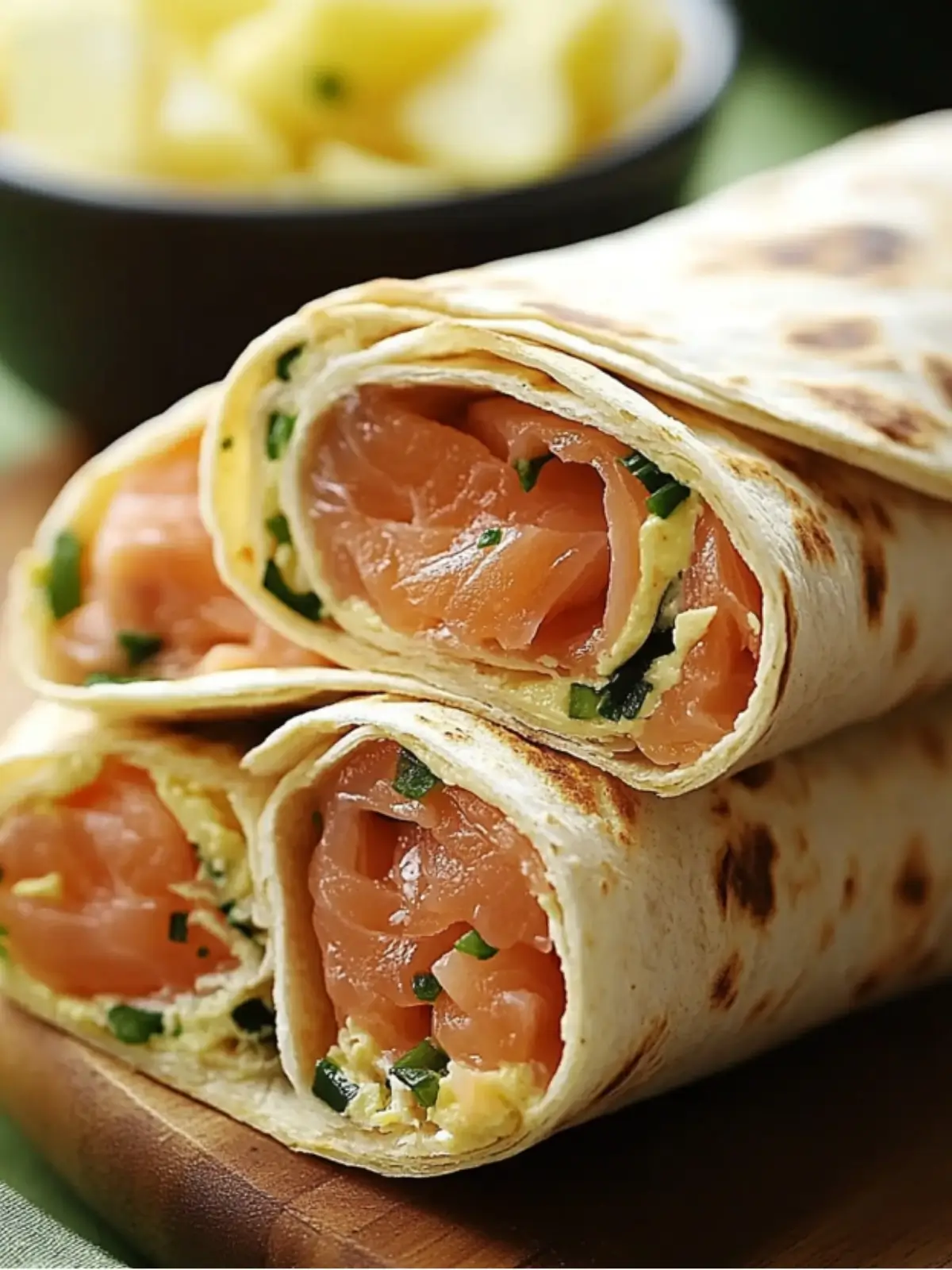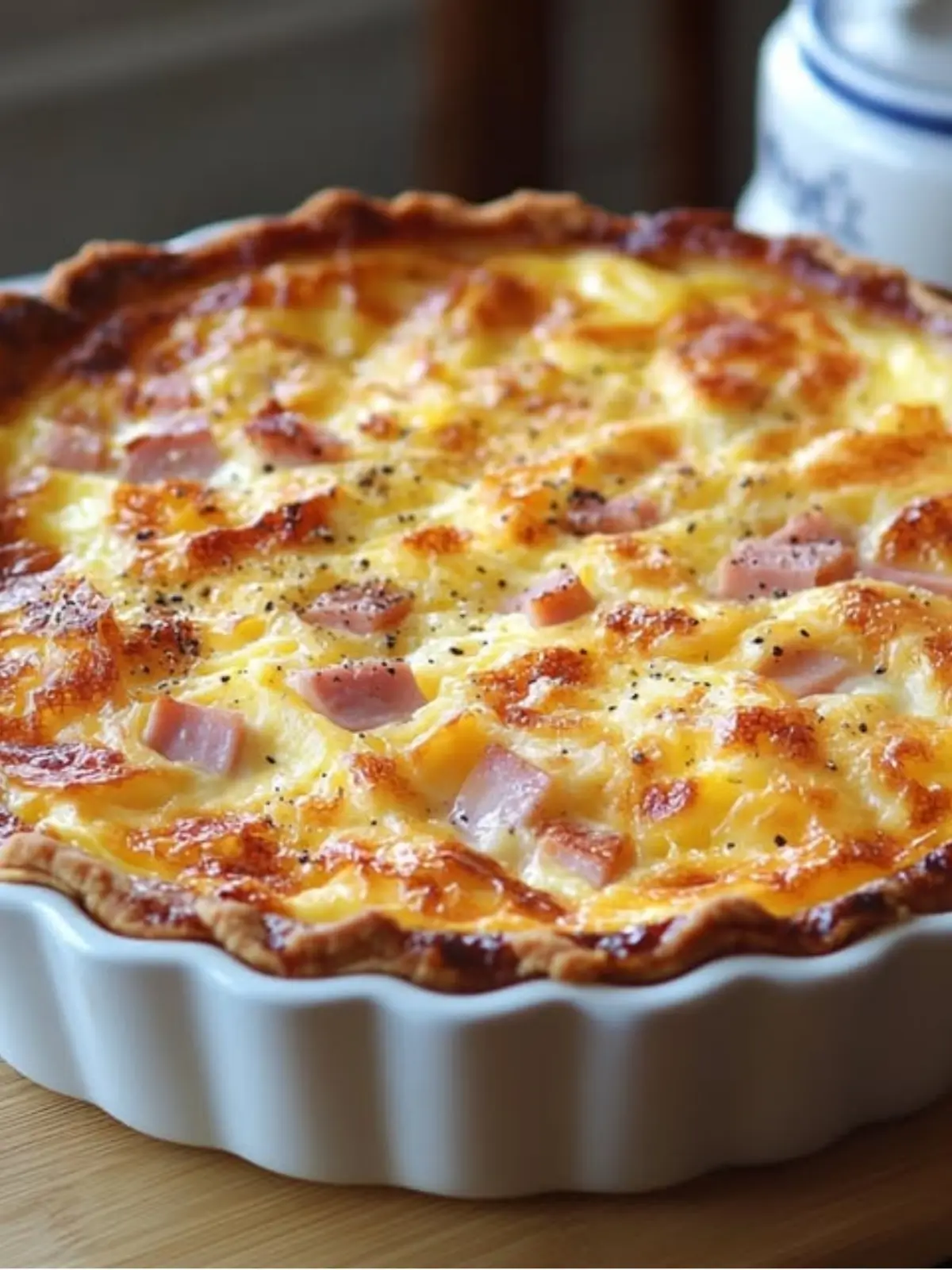Gluten-Free Pastry Making
ADVERTISEMENT
Gluten-free pastry making has become increasingly popular, catering to the needs of those with celiac disease or gluten intolerance.
Switching to gluten-free options doesn't mean sacrificing taste or texture. Instead, it involves a delightful exploration of alternative flours and techniques.
Understanding the basics of gluten-free baking is crucial. Traditional wheat flour is often replaced with a variety of gluten-free flour, such as coconut flour, almond flour, or premixed gluten-free baking flour.
These alternatives not only provide the necessary structure but also add unique flavors to the pastries.
To learn more about gluten-free diets and their benefits, this Wikipedia article offers comprehensive information. Additionally, for a broader understanding of different types of flour and their uses in baking, check out Flour Types on Wikipedia.
Gluten-Free Shortcrust Pastry Recipe
Gluten-free shortcrust pastry is a versatile foundation for many desserts and savory dishes. Its preparation requires attention to detail and an understanding of how gluten-free flour behaves differently from traditional wheat flour.
Ingredients and Substitutions
- Gluten-free flour blend: This is the key ingredient. You may use a ready-made blend or create your own with tapioca starch, rice flour, and xanthan gum.
- Butter: Unsalted butter is preferred for its flavor. However, for a dairy-free option, you can use vegan butter.
- Water: Cold water helps in binding the dough.
Method
- Mix the dry ingredients, then cut in the butter until the mixture resembles coarse crumbs.
- Gradually add cold water until the dough comes together.
- Chill the dough before rolling it out on a floured surface.
This pastry can be used in both sweet and savory recipes, making it an excellent choice for gluten-free pecan pies or chicken pot pies. For inspiring sweet and savory pastry ideas, explore these Pastry Recipes on Pinterest.
For a detailed look at the history and basics of shortcrust pastry, Shortcrust Pastry on Wikipedia is an invaluable resource.
Gluten-Free Puff Pastry
Gluten-free puff pastry is a delightful challenge, yielding flaky, buttery layers that are perfect for both sweet and savory dishes.
Achieving the right texture involves understanding the specific qualities of gluten-free flour and incorporating the right fat to create layers.
Key Ingredients
- Gluten-free flour blend: A mix that often includes rice flour, tapioca starch, and potato starch.
- Butter: Unsalted butter is preferable for its flavor and texture. For a dairy-free version, consider using dairy-free butter.
- Xanthan gum: This helps in binding the pastry.
Lamination Process
- Prepare the dough and let it rest.
- Roll out the dough into a rectangle, fold it into thirds, and chill. This process is repeated several times to create multiple layers.
- Before baking, allow the dough to rest to ensure it maintains its shape.
For those looking for inspiration on how to use this versatile pastry, visit Gluten-Free Baking on Pinterest.
To explore the intricacies of traditional puff pastry, and to understand its adaptation to gluten-free versions, see Puff Pastry on Wikipedia.
FAQs on Gluten-Free Pastry Making
When it comes to gluten-free pastry making, several questions frequently arise, emphasizing the need for specific techniques and ingredients.
- Why is my gluten-free pastry crumbly?
- This is often due to a lack of moisture. Adding a bit more water can help in achieving the right consistency.
- Can I freeze gluten-free pastry?
- Yes, gluten-free pastry can be frozen, either before or after baking.
- Are there gluten-free puff pastry brands available in stores?
- Yes, brands like Schar and GeeFree offer ready-made gluten-free puff pastry sheets.
For more detailed insights and solutions to common baking challenges, understanding gluten intolerance and related baking adaptations is crucial.
To delve deeper into this topic, check out Celiac Disease on Wikipedia.
Advanced Techniques and Tips
Mastering gluten-free pastry requires not only the right ingredients but also specialized techniques. These tips and tricks will help elevate your gluten-free baking to the next level.
Achieving the Best Texture
- Flaky texture: Achieve this through proper lamination in puff pastries or by keeping butter in small chunks in shortcrust pastries.
- Moisture balance: Gluten-free pastries often require more moisture. Adjust the amount of water or butter accordingly.
Blind-Baking Tips
- Blind baking is essential for pies with wet fillings. It involves pre-baking the crust to avoid sogginess.
- Use pie weights or dried beans to keep the pastry from puffing up.
Lamination Techniques
- Lamination in puff pastry involves folding and rolling the dough multiple times to create layers.
- Keep the butter cold to prevent it from melting into the dough, which can affect the layers.
For more insights on perfecting your pastry, explore various baking techniques and ideas on Healthy Baking on Pinterest.
Gluten-Free Pastry Variations
The world of gluten-free pastries is vast and varied, offering endless possibilities for both sweet and savory creations. From traditional pies to innovative tarts, the options are limitless.
Sweet Pastries
- Pies and tarts with fruit fillings, like apple or berry.
- Sweetened versions of shortcrust for desserts like lemon tarts or chocolate tarts.
Savory Pastries
- Quiches and savory tarts using gluten-free shortcrust.
- Puff pastries filled with cheese, spinach, or meat.
Each of these pastries can be adapted to suit dietary requirements, such as dairy-free or vegan, by substituting ingredients like butter with vegan alternatives.
To get inspired by a range of pastry recipes, check out these Pastry Recipes on Pinterest.
Health and Nutritional Aspects
Opting for gluten-free pastry is not only a necessity for those with celiac disease or gluten sensitivity, but it can also be a healthier choice for others.
Health Benefits
- Gluten-free pastries are safe for those with celiac disease.
- They can be lower in calories and higher in fiber if whole-grain gluten-free flours are used.
Nutritional Comparison
- Gluten-free flours often contain more minerals and vitamins.
- They can have a lower glycemic index, beneficial for blood sugar management.
For those interested in exploring more about vegan baking and its benefits, Vegan Baking on Pinterest offers a wealth of ideas and recipes.
In conclusion, mastering gluten-free pastry-making opens up a world of delicious, health-conscious baking.
With the right ingredients, techniques, and a bit of creativity, you can enjoy a wide array of pastries that cater to various dietary needs and preferences.





Leave a Reply